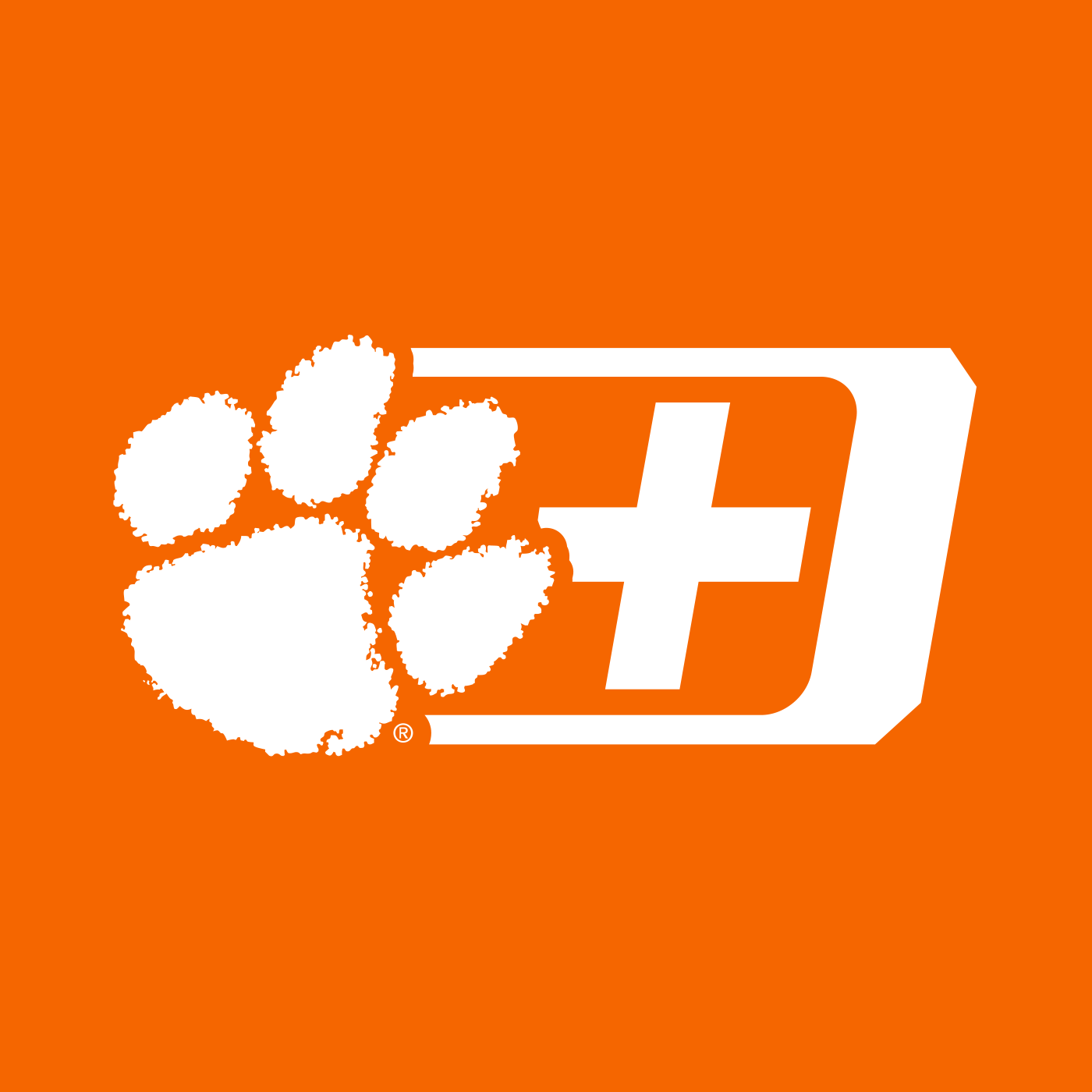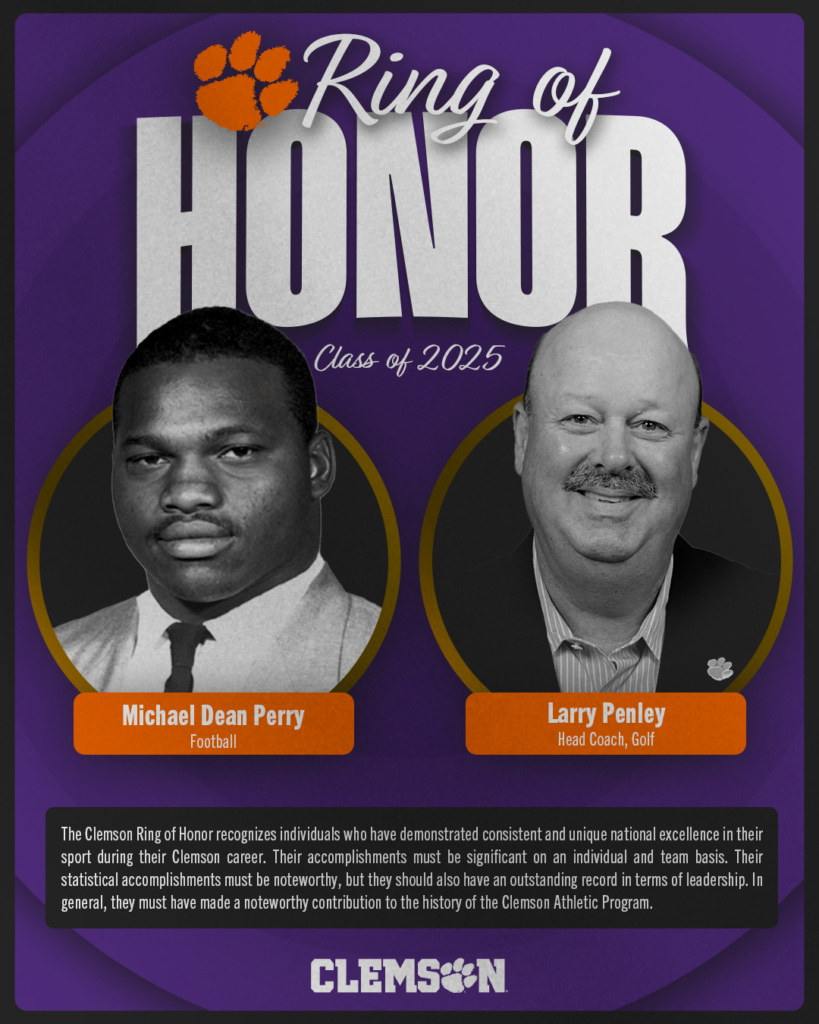Sept. 25, 2008
The bullet points that validate a Clemson football team as one of the best in school history usually include a bowl victory and conference championship. But that was not the case for the 1983 Tigers, who will celebrate their 25-year anniversary today at Memorial Stadium. In some ways, Danny Ford’s fifth Tiger team might have been his best coaching performance in his 11 years as leader of the program.
That could be a puzzling statement to fans who know Clemson history, because his résumé includes a national championship in 1981. But a look to the results for a team that had little to play for in terms of trophies reveals this team was among the most accomplished in school history.
The outlook for Clemson’s 1983 team was not bright. The 1982 roster was filled with seniors, including future College Football Hall of Fame safety Terry Kinard, quarterback Homer Jordan, top rushers Cliff Austin and Chuck McSwain, and linebackers Andy Headen and Johnny Rembert. In all, 10 players from the 1982 team were selected in the NFL draft, still the most in a season in Clemson history.
Clemson returned just two starters on offense and five on defense for the 1983 season. But the real reason the Tigers were not among the top-20 teams in the preseason was probation.
None of the student-athletes involved in any of the violations, which dated to 1977, were still on the 1983 team, but that team had to pay the price. Clemson’s 1983 squad could not go to a bowl game and could not play on live television. Furthermore, the ACC sanctions stated that Clemson was not eligible for the league championship. In September, the Coaches Association ruled that teams on probation could not appear in its weekly poll. All that was left to play for was an Associated Press ranking and pride.
The 1983 season began on September 3 with a 44-10 victory over Western Carolina. It was a good Southern Conference team who would finish the season 11-3, but the victory did not answer a lot of questions about the 1983 Tigers.
The following Saturday, Clemson traveled to Chestnut Hill, MA to face a Boston College team led by Doug Flutie, then a junior. Flutie had helped the Eagles tie Clemson 17-17 in Death Valley the previous year and was just starting to make a name for himself nationally. Clemson took a 16-3 lead early in the third quarter behind a strong running attack.
However, Flutie and the Eagles scored the last 28 points of the game to earn a 31-16 victory. The Eagles went on to a 9-3 season and top-20 final ranking. The following year, Flutie won the Heisman Trophy.
In the third week of the season, the Tigers faced Georgia in Death Valley. The Clemson vs. Georgia series was one of the great rivalries in college football in the 1980s. The two teams were 5-5-1 against each other between 1977-87, as the tie took place in 1983. It was a game that featured outstanding rushing offenses and strong defenses.
The field-goal kickers were very important, as both teams made three apiece. The contest had the most unusual finish that I can remember, as both teams attempted long field goals on the last two plays of the game. Both barely missed and the game ended in a tie.
Therefore, three games into a season, a team with virtually nothing to play for was 1-1-1 and nowhere near the top 20 of the AP poll. It might have been Ford’s greatest challenge.
While the team was young, especially on offense, there were some strong leaders. Mike Eppley was the starting signal-caller, and his leadership under Offensive Coordinator Nelson Stokely was the key to the offense’s resurgence. Thanks to great blocking by All-American James Farr and the running of Kevin Mack, the offense awakened and averaged 40 points per game in wins over Georgia Tech, Virginia, and Duke.
The Duke game was the most exciting, as Clemson won 38-31 when James Robinson batted down a Ben Bennett pass at the end of the game on a fourth-down play to preserve the victory. The Blue Devil wide receivers coach for that game was Tommy Bowden.
After wins over N.C. State and Wake Forest, the Tigers had a 6-1-1 record heading to North Carolina for a game against the #10 Tar Heels. The two teams had played in the first battle of top-10 teams in ACC history two years previously, a game Clemson won 10-8. This game was just as defensive, but Eppley led the Tigers to just enough points by completing timely passes to K.D. Dunn, and the Clemson defense had its top performance of the year in a 16-3 victory.
Senior Day of 1983 was memorable on many fronts, but it will always be recalled as “The Balloon Game.” Student Body President Mark Wilson came to Athletic Director Bill McLellan earlier in the fall with the idea of establishing a “Spirit Blitz” for the final home game of the year against Maryland. It was thought that something special was appropriate for this group of seniors who would post a national-best 30-2-2 record during its final three years.
Wilson had read in the Guinness Book of World Records about the largest balloon launch in history and he thought a launch as the Tigers ran down the Hill would be a perfect place to break the record.
During the Saturday morning of the November 12 game, 3,000 students showed up to fill 363,729 balloons with helium. I went over to the stadium with Al Adams and his then four-year-old son Jeremy to watch one of the most festive atmospheres I have ever seen at a football stadium.
When that cannon sounded, the balloons were launched from all areas of the stadium. Even though it was a 1:00 PM kickoff on a picture-perfect sunny day, from the press box, it appeared to get dark as the balloons rose to the sky. It looked like something out of an Alfred Hitchcock movie. The next week, we received reports that some of the balloons landed in Lumberton, NC over 200 miles away.
The 83,000 fans were at a fever pitch from the opening kickoff. Maryland was ranked #11 in the country, but quarterback Boomer Esiason and company were no match for the Tigers this afternoon.
In those days, I provided the color commentary on Clemson’s radio network with Jim Phillips. When Stacey Driver scored on a 14-yard jaunt in the third quarter, the Tigers took a 42-7 lead. After the touchdown, I said, “Bring on Nebraska.” The Cornhuskers were ranked #1 in the nation at the time.
Clemson won the game by a score of 52-27 to finish with a 7-0 record against ACC teams. After the game, it was learned that North Carolina had lost, meaning Maryland was the official ACC Champion. It might have been the most hollow ACC Championship in any sport in league history.
The following week, Clemson completed the season with a 22-13 victory at South Carolina. The Tigers finished with a 9-1-1 overall record and a #11 ranking in the Associated Press poll.
When the 1983 players come down the Hill before today’s game, they will not carry a trophy with them. But given the circumstances, they comprised one of the most successful teams in the 108-year history of Clemson football.
Tim Bourret is Clemson’s Sports Information Director and is in his 31st year at Clemson.
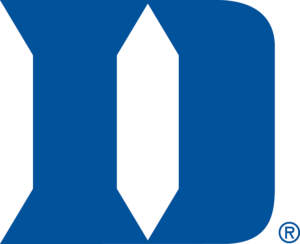 Duke
Duke 
 Florida State
Florida State  Louisville
Louisville  Furman
Furman  South Carolina
South Carolina  LSU
LSU 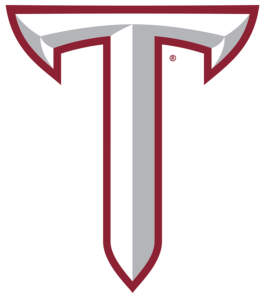 Troy
Troy 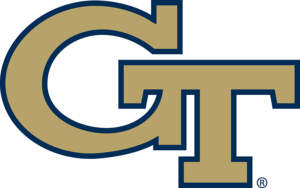 Georgia Tech
Georgia Tech 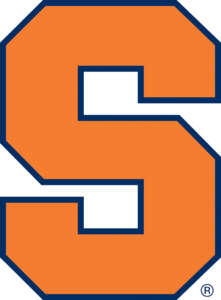 Syracuse
Syracuse 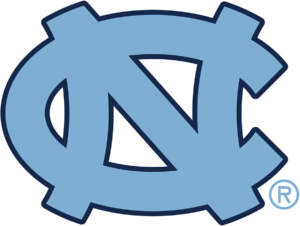 North Carolina
North Carolina  Boston College
Boston College  SMU
SMU 
